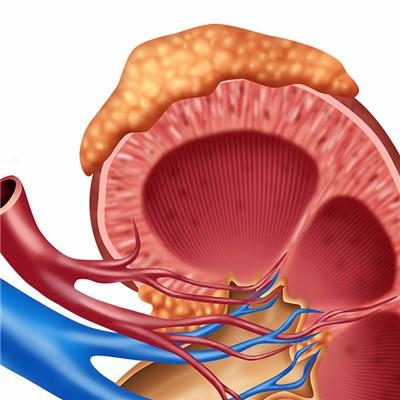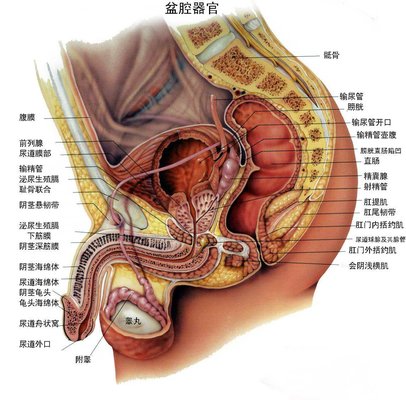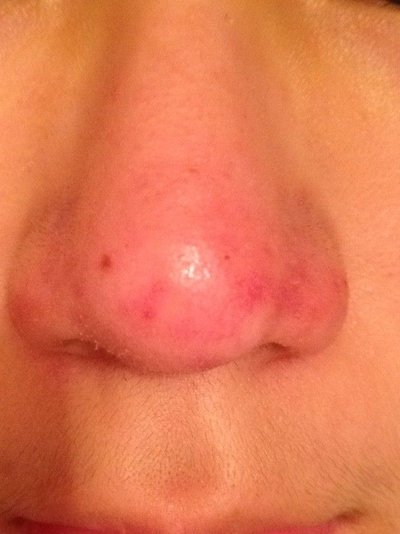What symptom does thoracic vertebra disease have
summary
Thoracic vertebra disease is one of the common diseases in spinal diseases, which is mainly caused by degenerative hyperplasia of thoracic vertebra. It is a series of diseases, including thoracic spinal canal stenosis, thoracic disc herniation, thoracic compression fracture, thoracic joint disorder, thoracic muscle strain, thoracic bone hyperplasia, thoracic ossification of posterior longitudinal ligament, thoracic dislocation, scoliosis, fascial incarceration, etc. What does the symptom of thoracic vertebra disease have to tell everybody
What symptom does thoracic vertebra disease have
Generally for chronic low back pain, chest pain, intercostal neuralgia, arm numbness, shoulder and back numbness, ant line feeling, sweating or no sweat, chest tightness, palpitations, dizziness, insomnia, dyspepsia, serious standing instability, walking difficulties, chest and abdomen belt feeling, abnormal defecation, paraplegia, etc.

The common manifestations of thoracic spondylosis are chest back pain and hunchback, and chest pain is more serious in bending sitting position. The pain caused by the degeneration of upper thoracic vertebrae radiated to the anterior chest; When the lower thoracic vertebra is affected, the pain may radiate to the abdominal wall, sometimes mistaken for angina pectoris.

Hyperplasia, such as stimulation of the sympathetic nerve near the spine, can produce circulatory disorders and other autonomic symptoms. The patient suffered from kyphosis due to narrowing of intervertebral space. The breathing range is reduced due to the limitation of rib movement. If the spinal cord is compressed in severe degenerative patients, numbness of lower limbs and pyramidal tract sign may appear.

matters needing attention
(1) Rest according to the severity of the disease can choose absolute bed rest, general rest or limit the amount of activity( 2) Bone setting massage and physiotherapy can promote blood circulation and remove blood stasis, dredge meridians and collaterals, and regulate tendons( 3) Drug treatment includes oral sedatives, topical analgesic and anti-inflammatory ointment, blood activating and stasis resolving drugs and other effective treatment measures.











